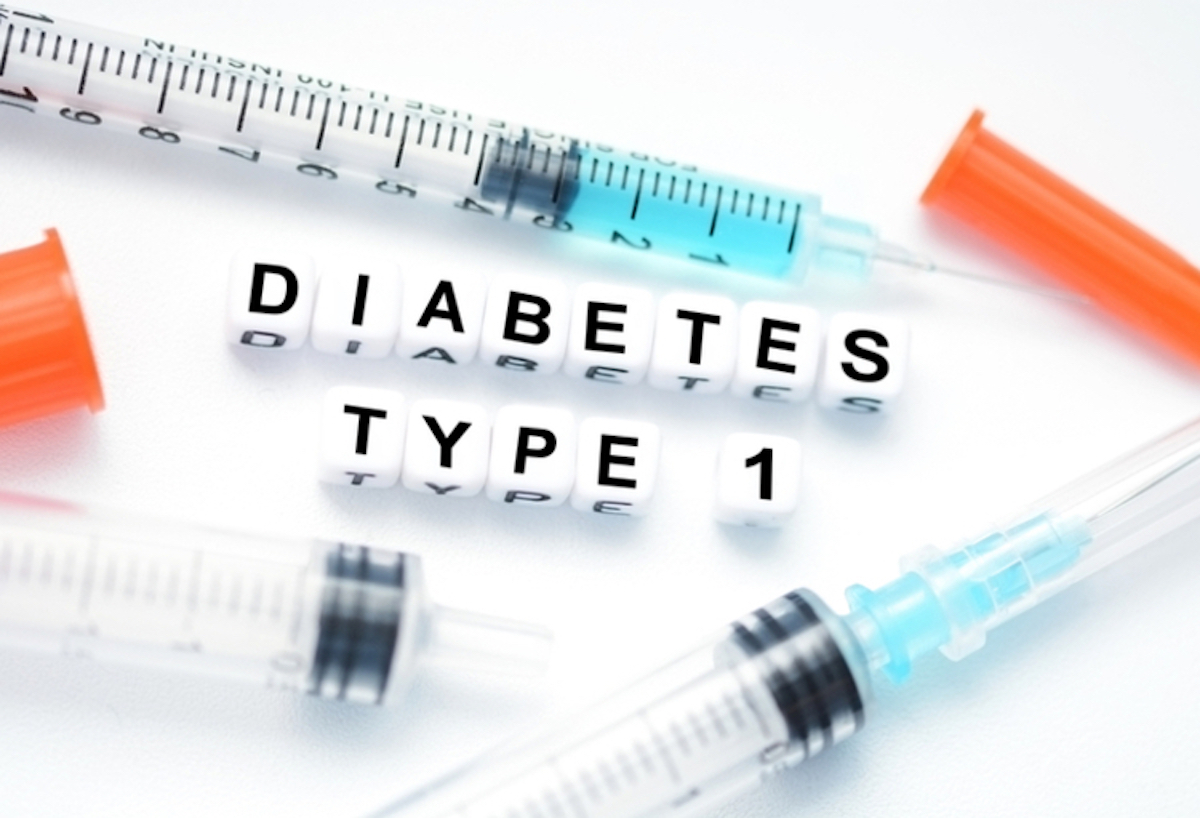Diabetes, a chronic condition affecting millions worldwide, comes primarily in two forms: type 1 and type 2. While both types share the hallmark of high blood sugar levels, their origins are distinctly different. Type 1 diabetes is an autoimmune disease where the body’s immune system attacks the insulin-producing cells in the pancreas, leading to insulin deficiency. In contrast, type 2 diabetes usually results from the body’s inability to use insulin effectively, often linked to lifestyle factors. Understanding these differences is crucial in managing and treating each type effectively. In type 1 diabetes, the lack of insulin leads to a range of symptoms that can significantly impact daily life. Here, we explore five key diabetes type 1 symptoms of this condition.

1. Increased Thirst and Urination
Increased thirst and urination are often among the first signs of Type 1 diabetes. This happens when there’s too much glucose, or sugar, in the blood. The kidneys, which filter blood, have to work extra hard to deal with this excess sugar. If they can’t handle all of it, the extra sugar goes into the urine.
This process also pulls out a lot of water from the body, leading to dehydration. Because the body is losing so much water, people feel very thirsty and drink more fluids. Then, because they’re drinking more, they need to urinate more often, too. It’s a cycle of feeling thirsty, drinking more, and then going to the bathroom more often. This cycle is a key sign of Type 1 diabetes and shows how the body is trying to get rid of the extra sugar.
2. Irritability and Mood Changes
Irritability and mood changes are common in people with Type 1 diabetes, mainly because their blood sugar levels can go up and down a lot. When blood sugar levels change quickly, it can make someone feel very irritable, anxious, or even depressed. These mood swings can be tough, not just for the person with diabetes but also for their friends and family. It’s hard when you feel fine one moment and then suddenly feel angry or sad the next, just because your blood sugar level changed.
This can make it challenging to get along with others and can affect relationships. It’s important for both the person with diabetes and those close to them to understand that these mood changes are a part of the condition and to find ways to deal with them together.
3. Slow-Healing Sores or Frequent Infections
Slow-healing sores or frequent infections are common issues for those with Type 1 diabetes, largely due to high blood sugar levels. Elevated sugar in the bloodstream can interfere with the body’s ability to heal wounds and cuts quickly. This slower healing process means that even minor injuries can take a long time to get better.

Additionally, high blood sugar can weaken the immune system, the body’s defense against infections. This weakened state makes it easier for infections to occur, especially in the skin, gums, or bladder. If someone often gets infections or notices that their wounds are taking a long time to heal, it could be a sign of Type 1 diabetes. These symptoms show how important it is for people with diabetes to manage their blood sugar levels to help their body heal properly and fight off infections.
4. Extreme Hunger
Extreme hunger, or polyphagia, is a notable symptom of Type 1 diabetes, often puzzling those who experience it. Despite consuming adequate meals, this relentless hunger persists. This occurs because, without sufficient insulin, the body cannot transport glucose into the cells for energy. Consequently, glucose remains in the bloodstream, unutilized, leaving cells energy-deprived. The body, unaware of the high glucose levels in the blood, continues to signal hunger to compensate for the perceived lack of energy. In response, it starts breaking down alternative energy sources like muscle and fat.
However, this process is less efficient than using glucose, leading to a continuous cycle of hunger. This relentless hunger can be confusing and frustrating, especially when it seems disproportionate to dietary intake. Managing this symptom involves balancing insulin therapy, diet, and exercise to ensure effective glucose utilization, thus reducing the overwhelming hunger. It’s essential for individuals experiencing this symptom to seek medical advice to manage their condition effectively and improve their overall quality of life.
5. Fatigue
Fatigue in Type 1 diabetes is a significant and often debilitating symptom, resulting from the body’s inability to use glucose effectively for energy. This condition arises when there’s a lack of insulin, which is essential for transporting glucose into the cells. Without insulin, glucose remains in the blood, and cells are starved of their primary energy source. Consequently, individuals feel a deep sense of weariness and lethargy, far beyond the normal sensations of being tired or sleepy.
This type of fatigue can be overwhelming, making everyday tasks and activities feel unusually difficult and exhausting. It’s not just a matter of needing more sleep; it’s a persistent tiredness that doesn’t go away with rest. This can impact not only physical activities but also mental tasks, as the brain is also deprived of essential energy. Managing this symptom requires careful monitoring and management of blood sugar levels, along with appropriate lifestyle adjustments, to ensure that the body can access the energy it needs. For those struggling with this aspect of diabetes, it’s important to consult healthcare professionals for tailored advice and treatment options to improve overall energy levels and quality of life.
Didn’t recognize your symptoms? Read more about Diabetes (Type 1 and Type 2) and healthy blood sugar levels, or continue your online search about Diabetes Type 1 Symptoms here:

